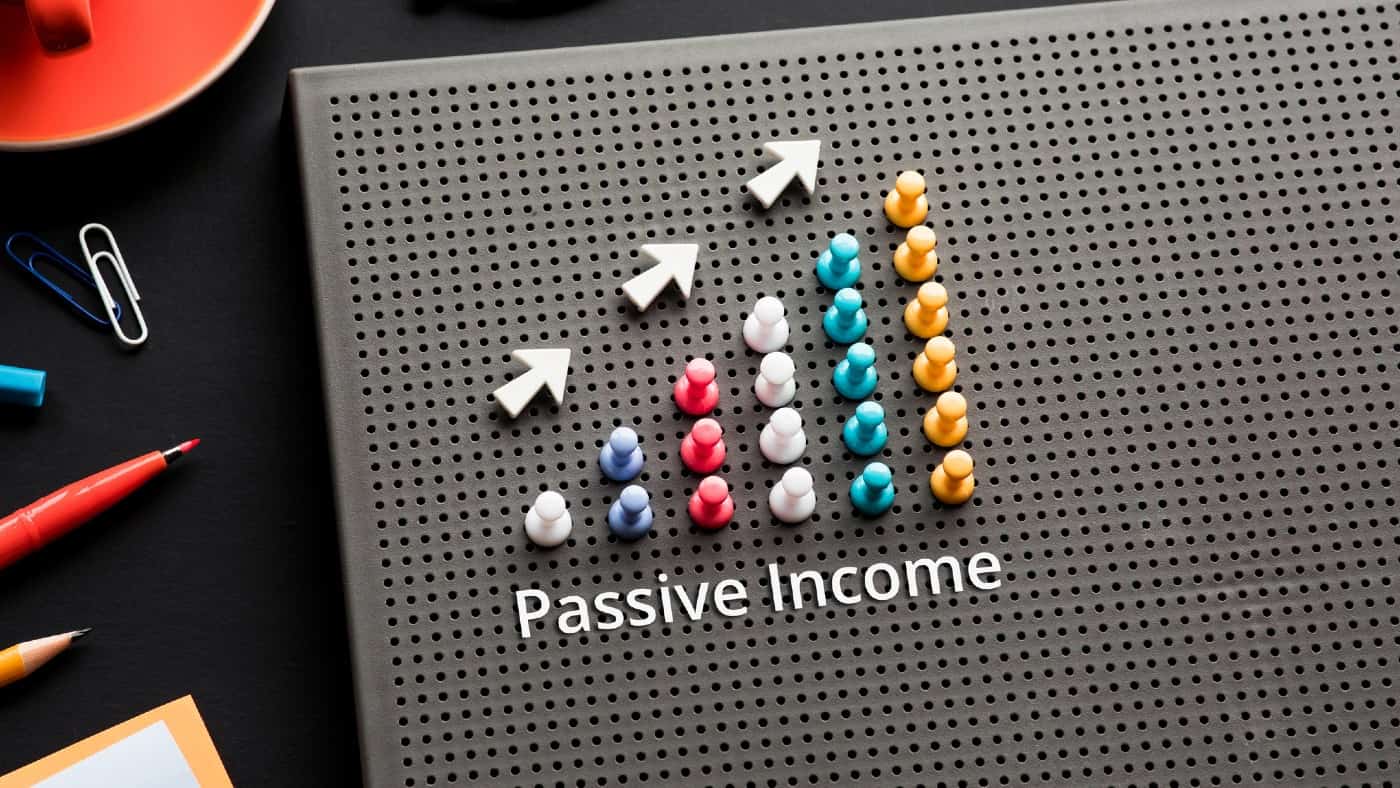Passive income is basically money made with minimal daily effort by the investor. I like to think of it as my money quietly working away for me all the time, even when I am asleep.
By far the best way I have found of achieving this is through buying high-dividend-paying shares.
I started doing this after I got my first serious job at 21, but the earlier the better, in my view. This gives more time for markets to recover from any short-term shocks.
It also allows a longer period for bigger returns to be made through ‘dividend compounding’. This is the same principle as compound interest in bank accounts. However, rather than interest being reinvested, dividends are.
Stock selection process
My core holdings in the FTSE 100 provide a current average yield of 9.3%. They are Phoenix Group Holdings (9.7%), M&G (9.4%), British American Tobacco (9.4%), and Legal & General (LSE: LGEN) at 8.8%. The present average of FTSE 100 is just 3.6%.
The second factor (after yield) I used to select these shares was their undervaluation compared to their peers. The reason is that I want to minimise the chance that my dividend gains are erased by share price losses.
In Legal & General’s case, for example, a discounted cash flow analysis shows the shares to be 58% undervalued at their current £2.31 price. So, a fair value would be around £5.50. It does not guarantee they will reach that level but underlines to me that they are a bargain.
The third thing I looked for was good company growth prospects. These are what power share prices and dividends higher over time.
A risk in Legal & General is that its 3.8 debt-to-equity ratio is higher than the 2.5 or so considered healthy for investment firms. However, analysts estimate that revenue and earnings will grow by 12.1% and 21.7% a year respectively to the end of 2026.
The dividend compounding effect
I started my investing life with £9,000 and the simple aim of making more on it than I did from the bank.
That much invested in Legal & General shares averaging 8.8% a year would make £792 in the first year. If the dividends were spent, then the initial investment would increase by £7,920 after 10 years, given the same yield.
However, if the payouts were used to buy more of the shares then the returns would be much greater. By ‘compounding’ the dividends paid, the investment in Legal & General would total £21,629 after 10 years. After 30 years, it would be £124,910, paying £916 in passive income every month.
These figures assume the average yield remains the same over the periods. They can go down as well as up, depending on share price movements and dividends paid.
Inflation would also reduce the buying power of the income, of course. And there would be tax implications according to individual circumstances.
However, the results highlight what big passive income can be made from a much smaller investment early on, especially if the dividends are compounded.
This post was originally published on Motley Fool





